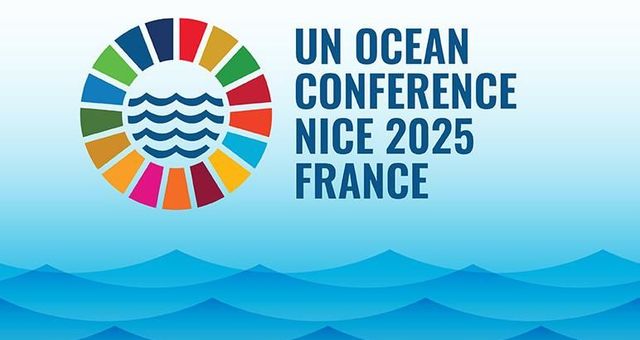United Nations (USA), February 5, 2025 (AFP) – France, which hopes for the treaty’s entry into force by the Ocean Conference in Nice in June, officially ratified the historic text on Wednesday, now counting 17 parties out of the 60 needed.
The treaty, adopted by UN member states in June 2023, was opened for signatures in September 2024, immediately gathering more than 70 signatures.
It now has 107 signatories, according to the UN’s treaty website, but it is still far from being ratified by the 60 countries needed for its entry into force.
Thus, after Spain on Tuesday, France submitted its ratification instrument to the UN on Wednesday, making the two countries the first EU members to become parties to the treaty.
With 17 ratifications now, 43 more are still needed to win the « ratification race, » which NGOs hoped to cross at the symbolic occasion of the UN Ocean Conference in early June in France.
The high seas begin where the exclusive economic zones (EEZ) of states end, at a maximum of 200 nautical miles (370 km) from the coast, and therefore are not under the jurisdiction of any state.
Although it represents nearly half of the planet and over 60% of the oceans, the high seas have long been ignored in environmental battles.
Therefore, the cornerstone of the new treaty is the creation of marine protected areas.
Today, only about 1% of the high seas are under preservation measures. However, in December 2022 in Montreal, all the world’s states committed at the COP15 on biodiversity to protect 30% of the planet’s land and oceans by 2030.
To achieve this, the new treaty is crucial, hence the insistence of ocean defenders for rapid ratification.
Source: Marine Oceans



